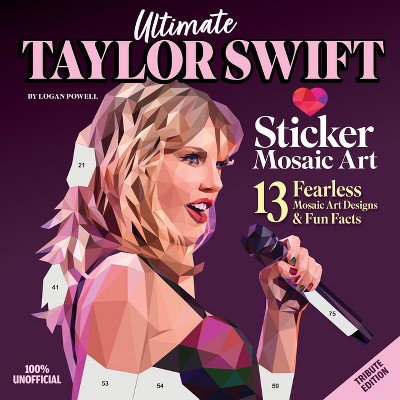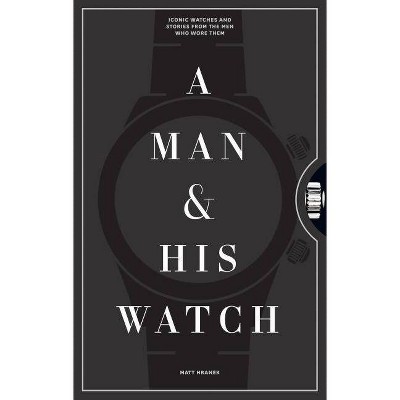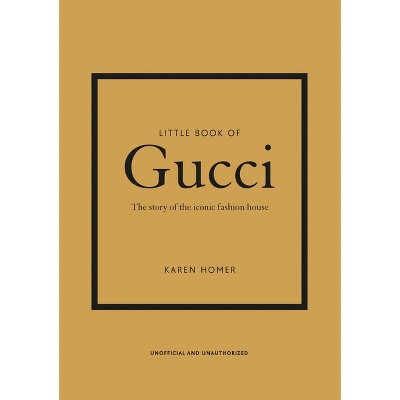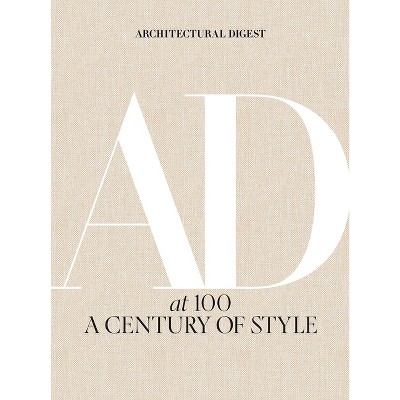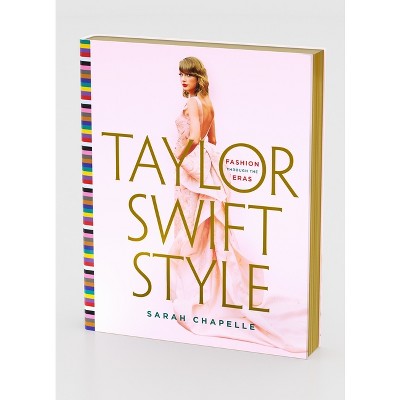Narrative Painting in Nineteenth-Century Europe - by Nina Lübbren (Hardcover)

About this item
Highlights
- This ground-breaking book presents a critical study of pictorial narrative in nineteenth-century European painting.
- About the Author: Nina Lübbren is Associate Professor of Art History and Film at Anglia Ruskin University, Cambridge.
- 240 Pages
- Art, European
Description
About the Book
How do pictures tell stories? This ground-breaking book analyses visual narrative in nineteenth-century history and genre paintings across Europe. It reveals how artists constructed plots via objects, managing the tension between narrative and style and prompting viewers to weave their own tales.Book Synopsis
This ground-breaking book presents a critical study of pictorial narrative in nineteenth-century European painting. Covering works from France, Germany, Britain, Italy and elsewhere, it traces the ways in which immensely popular artists like Jean-Léon Gérôme, Karl von Piloty and William Quiller Orchardson used unique visual strategies to tell thrilling and engaging stories. Regardless of genre, content or national context, these paintings share a fundamental modern narrative mode. Unlike traditional art, they do not rely on textual sources; nor do they tell stories through the human body alone. Instead, they experiment with objects, spaces, cause-and-effect relations and open-ended ambiguity, prompting viewers and reviewers to read for clues in order to weave their own elaborate tales.From the Back Cover
This ground-breaking book presents a study of pictorial narrative in nineteenth-century European painting. Covering works from France, Germany, Britain, Italy and elsewhere, Nina Lübbren traces the ways in which popular artists like Jean-Léon Gérôme, Karl von Piloty and William Quiller Orchardson used unique visual strategies to tell thrilling and engaging stories.
The artists considered produced a dazzling variety of subjects, from spectacles of death and sacrifice to cheerful tales of flirtation and schoolboy pranks. However, regardless of genre, content or national context, these paintings share a fundamentally modern narrative mode that is distinct to its time. Unlike traditional art, these pictures do not rely on textual sources. Nor do they tell stories through the human body alone. Instead, they experiment with objects, spaces, cause-and-effect relations and open-ended ambiguity. In response, viewers and reviewers became adept at reading clues in order to weave their own elaborate tales. Lübbren examines critics' narrative language and argues that storytelling pictures had a social function, inviting audiences to engage not only with the paintings but also with reviews and each other in lively debates about the depicted plots. Both an eloquent exploration of paintings and critics and an important essay on narratology and reception theory, this revelatory book considers a mode of art that transformed the way we experience visual narrative - a legacy that lives on in mainstream cinema.Review Quotes
'Narrative Painting in Nineteenth-Century Europe provides a new lens through which to appreciatively view works that might not have previously seemed worthy of close analysis. It reveals the impressive ingenuity with which artists and critics of the second half of the nineteenth century sought to bring pleasure to viewers and readers hungering for engaging stories. Given that pleasure is not prominent in the earnest academic discourse of the early twenty-first century, it is refreshing to see its pursuit treated as a legitimate topic of research. This is one more reason to be grateful for Nina Lübbren's well-crafted book.'
Nineteenth-Century Art Worldwide, Volume 22, Issue 2 Autumn 2023, Jonathan P. Ribner
The Burlington Magazine
About the Author
Nina Lübbren is Associate Professor of Art History and Film at Anglia Ruskin University, Cambridge.